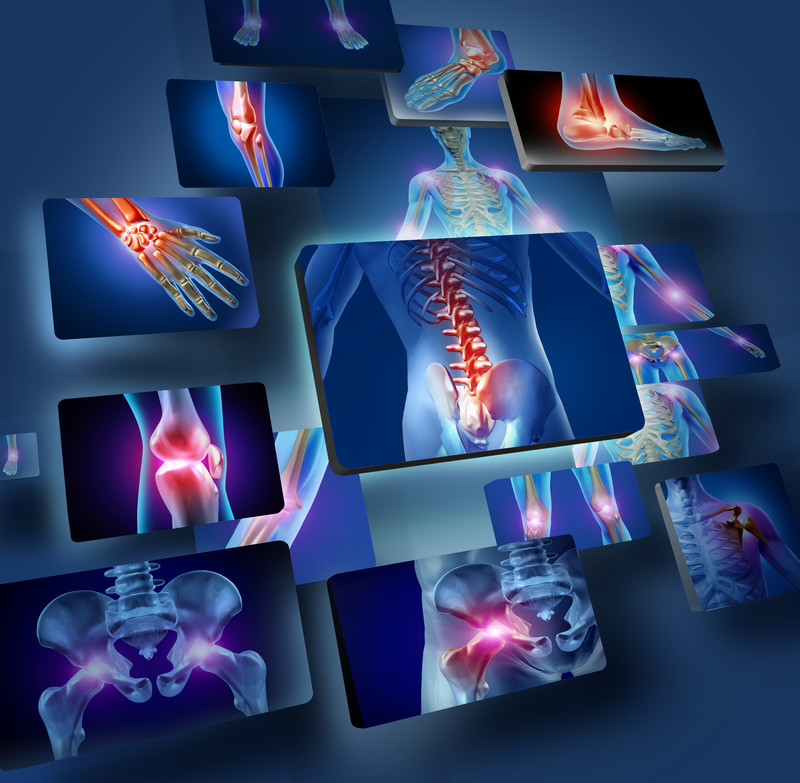What causes joint pain?
When a joint is healthy, all of the parts work together and the joint moves easily and without pain. However, diseases or injury can disturb the normal functioning of your joints resulting in:
- Pain
- Muscle weakness
- Limited movement
Arthritis is one of the most common causes of joint disorders. More than 42 million people in the United States are diagnosed with arthritis. The most common types of arthritis are:
- Osteoarthritis
- Rheumatoid Arthritis
- Post-Traumatic Arthritis
- Paget’s Disease
- Avascular Necrosis
Other causes of joint pain are deformity or direct injury to the joint. And sometimes, regardless of the cause of your pain, it can be made worse when you avoid using your joint altogether. That’s because with less use, the muscles around your joint weaken, which can make it even more difficult and painful to move.
Osteoarthritis (OA)
Osteoarthritis is sometimes called degenerative arthritis because it is a “wearing out” condition involving the breakdown of cartilage in the joints. Joint cartilage is a gel-like protective tissue found at joint surfaces that provides support and lubrication during movement. When cartilage wears away, the bones rub against each other, causing pain and stiffness. OA usually occurs in people over age 50, and often in people with a family history of osteoarthritis.
Rheumatoid Arthritis (RA)
This disease produces chemical changes that cause the synovial membrane (the membrane that surrounds the joint) to become thickened and inflamed. In turn, too much synovial fluid (the fluid that lubricates the joints) is produced. The result of this chronic inflammation is cartilage loss, pain, and stiffness. RA affects women about three times more often than men, and may affect other organs of the body, including the skin and heart.
Post-Traumatic Arthritis
This condition may develop after an injury to the joint in which the bone and cartilage do not heal properly. The joint is no longer smooth, and these irregularities lead to more wear on the joint.
Paget’s Disease
This is a bone disease that often affects the hip, in which bone formation is accelerated. The density and shape of the bone changes, which in turn causes bone pain and inflammation of the joints.
Avascular Necrosis
This disease can result when a bone is deprived of its normal blood supply, which may happen after organ transplantation or long-term cortisone treatment. Without proper nutrition from the blood, the bone’s structure weakens and may collapse and damage the cartilage.

